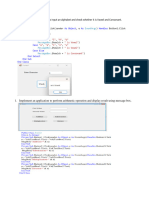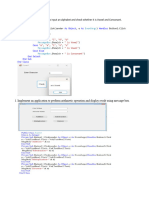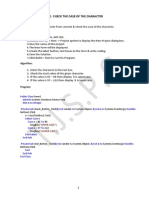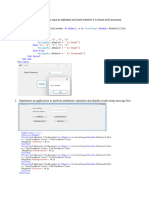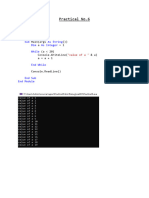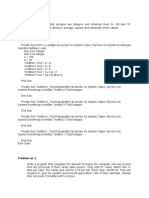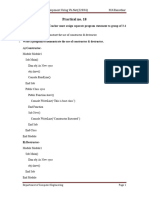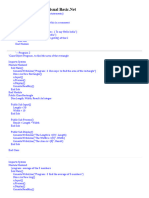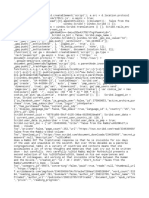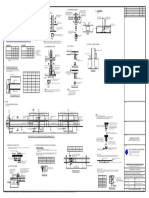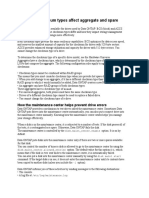0% found this document useful (0 votes)
7 views9 pagesPublic Class Private As Integer Private Sub Byval As Object Byval As Handles
The document contains multiple VB.NET program examples demonstrating various programming concepts such as event handling, image lists, rich text boxes, menus with built-in dialogs, exception handling, functions, polymorphism, and inheritance. Each example includes source code and describes its functionality. The programs cover a range of topics suitable for beginners to understand basic programming principles in VB.NET.
Uploaded by
nallamanibcaCopyright
© © All Rights Reserved
We take content rights seriously. If you suspect this is your content, claim it here.
Available Formats
Download as DOCX, PDF, TXT or read online on Scribd
0% found this document useful (0 votes)
7 views9 pagesPublic Class Private As Integer Private Sub Byval As Object Byval As Handles
The document contains multiple VB.NET program examples demonstrating various programming concepts such as event handling, image lists, rich text boxes, menus with built-in dialogs, exception handling, functions, polymorphism, and inheritance. Each example includes source code and describes its functionality. The programs cover a range of topics suitable for beginners to understand basic programming principles in VB.NET.
Uploaded by
nallamanibcaCopyright
© © All Rights Reserved
We take content rights seriously. If you suspect this is your content, claim it here.
Available Formats
Download as DOCX, PDF, TXT or read online on Scribd
/ 9











